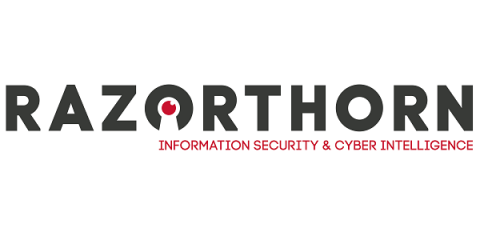Biometrics in the Banking Industry
Biometric technology, such as fingerprint sensors and voice recognition, has become widely popular in recent years with the boom in mobile applications. Organizations are now trying to make use of this technology and implement it to a wide range of areas. Particularly for the banking industry, biometrics can play a vital role in fraud prevention. With the prevalence of phone and digital banking, banks require innovative ways to authenticate their customer’s identity.









